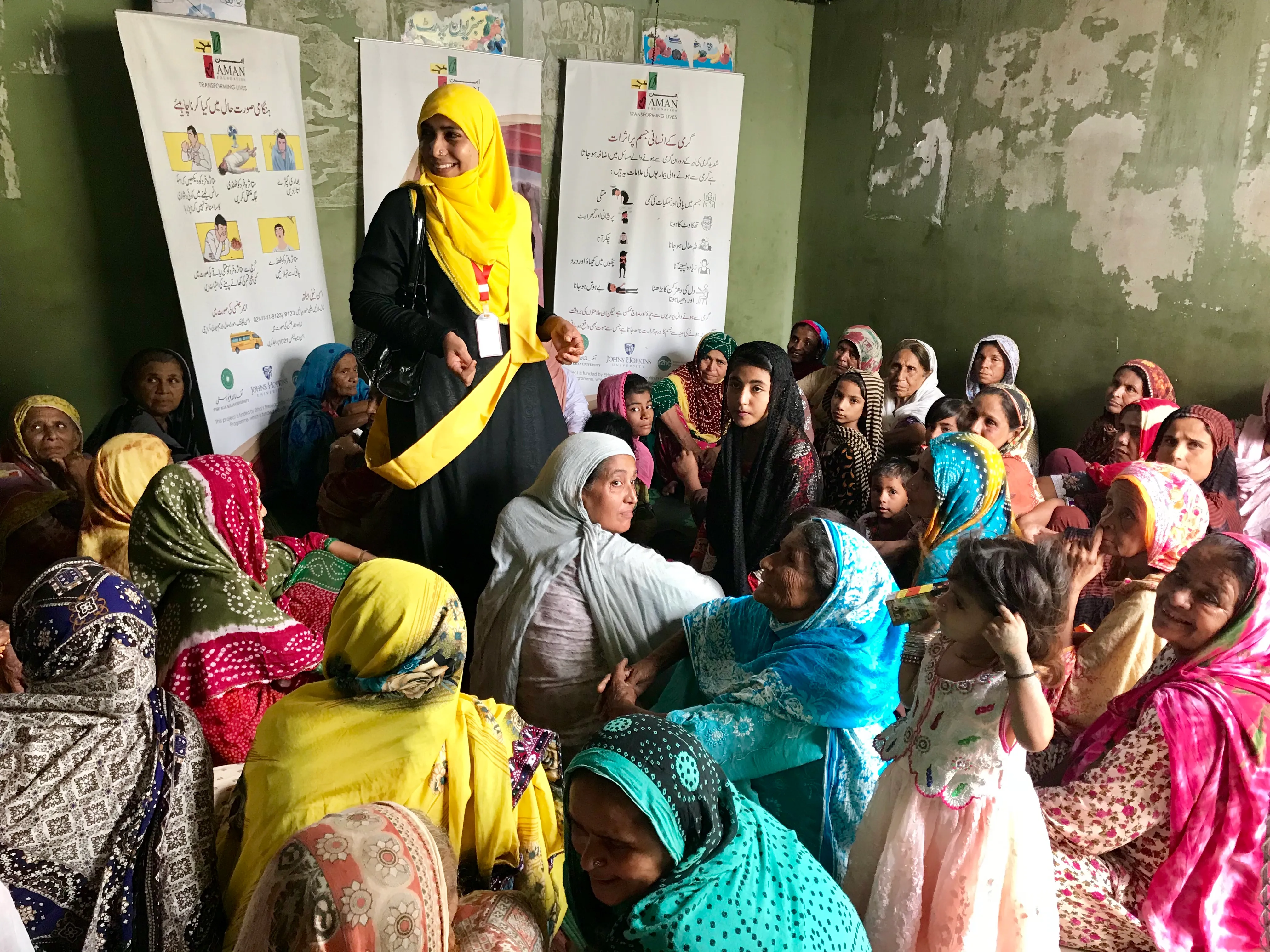Can data from humanitarian early warning systems be ‘insured’?

One key question we have been asking ourselves is how do we leverage the investments made in humanitarian early warning systems when building our early warning triggers of drought?NEW_LINEIn our previous blog we mentioned that the humanitarian community has invested a huge amount in early warning systems like FEWSNET, IPC and HEA, as well as various government systems across areas like the Sahel and East Africa.NEW_LINENEW_LINEWhat we found is much of humanitarian-driven early warning data has one of two key components to it that make it quite difficult to use for the purposes of insurance. The first is that many approaches (e.g HEA) start with a focus group and using bean counters or other participatory methodologies to document the situation and strategies of different wealth groups. This approach ensures a participatory method of generating forecasts of household food security. However, this is not data that can easily be validated by an independent third party (without exorbitant cost), and so is very hard to insure through traditional market-based mechanisms.NEW_LINENEW_LINESecondly, many early warning systems are also set up to drive and generate consensus amongst a variety of actors including NGOs, Governments and Donors (e.g IPC). This is because one actor working alone is generally insufficient to effectively prevent a crisis, and disagreement has often proved an anathema to early action. However the participatory and consensus driven aspect of this data, again adds an element of subjectivity which therefore makes it difficult to take to market. Finally you also need a long enough time series to be able to model the risk. Most early warning systems do not stretch back further than 10 years or so.NEW_LINENEW_LINESo does this mean that we ignore all this work and just set-up something separate? We would like our efforts to be complementary to these other programs from which we have much to learn, so the answer is no.NEW_LINENEW_LINEWe are currently thinking of getting around this by approaching the insurance mechanism in two phases. In phase 1 the general problem identification is made (e.g risk of major drought in country X) and the index or triggers created using credible and verifiable third party data that is of insurable quality (e.g climate data). However, once funds are triggered, there is a second phase which looks at specific vulnerabilities and needs – i.e where will the money go and to what actions. In this second phase, the information generated by humanitarian Early Warning Systems (such as the examples above) is vital to ensuring that the funds are programmed effectively.NEW_LINENEW_LINEMechanisms such as the African Risk Capacity (ARC) have provided useful inspiration in this way (and are advising us on this project). This sovereign drought risk pool requires each country to develop a contingency plan for how funds would be programmed as part of a pre-qualification for being part of the insurance mechanism. The Start Network could broker and facilitate similar mechanisms to ensure that whatever we set up respects and draws on the community, NGO and Government vulnerability data and early warning mechanisms that are already in place in that country.NEW_LINENEW_LINESo in the last couple of weeks we started out with selecting countries, and ended up in deep discussions on which data are of ‘insurable quality’. This is a long ball of string but an interesting one, and the opportunity at the end of it feels like it is inching at little closer. The next step is to interrogate these two phases (index & payout) in detail, and build an example of how this would work in one country. Watch this space…
Stay updated
Sign up for our newsletter to receive regular updates on resources, news, and insights like this. Don’t miss out on important information that can help you stay informed and engaged.
Related articles



Explore Elrha
Learn more about our mission, the organisations we support, and the resources we provide to drive research and innovation in humanitarian response.